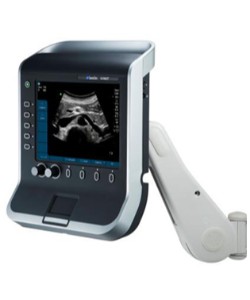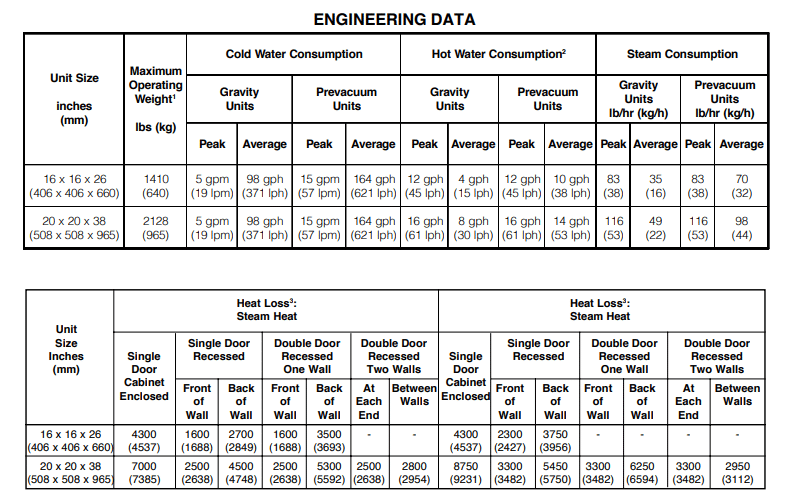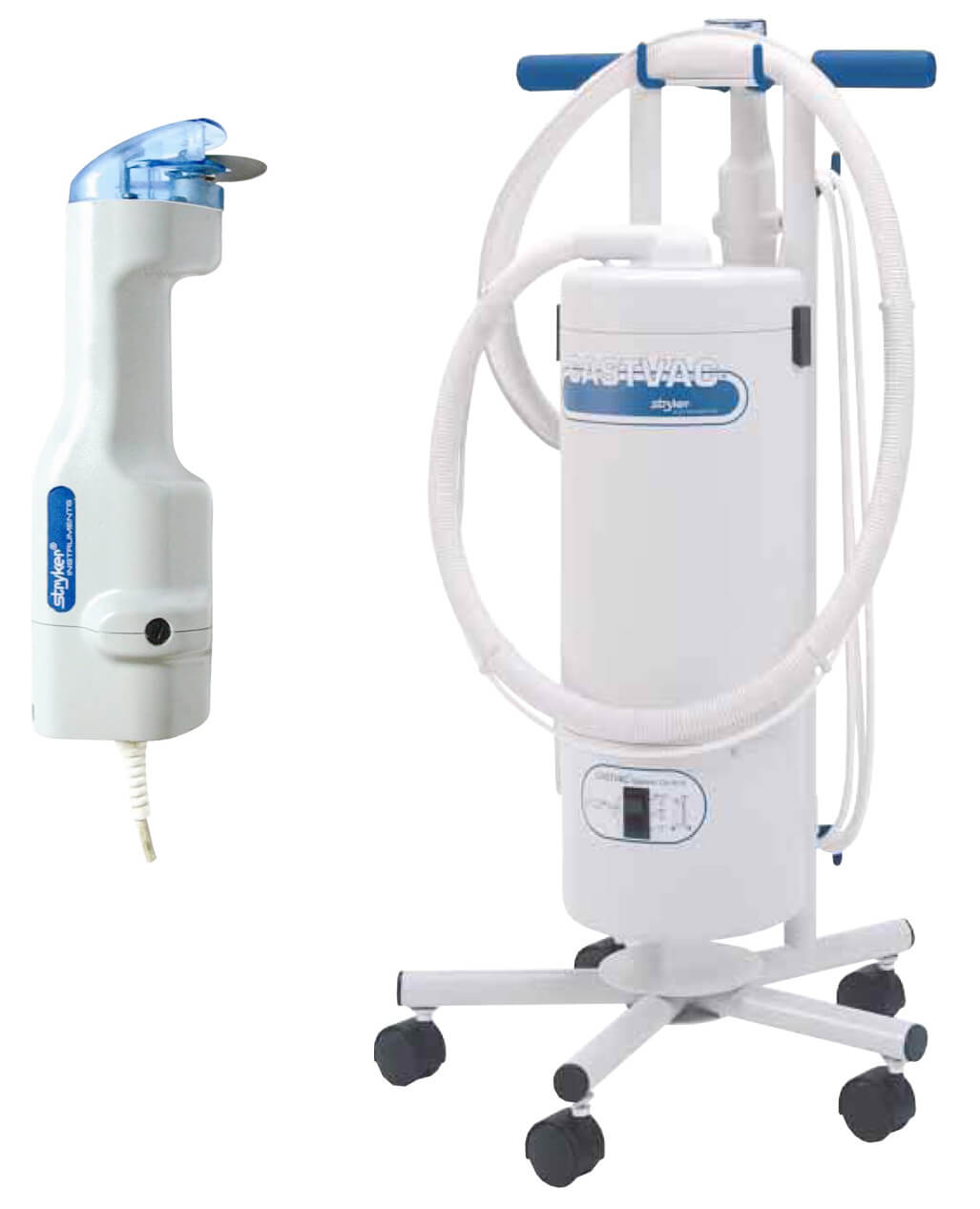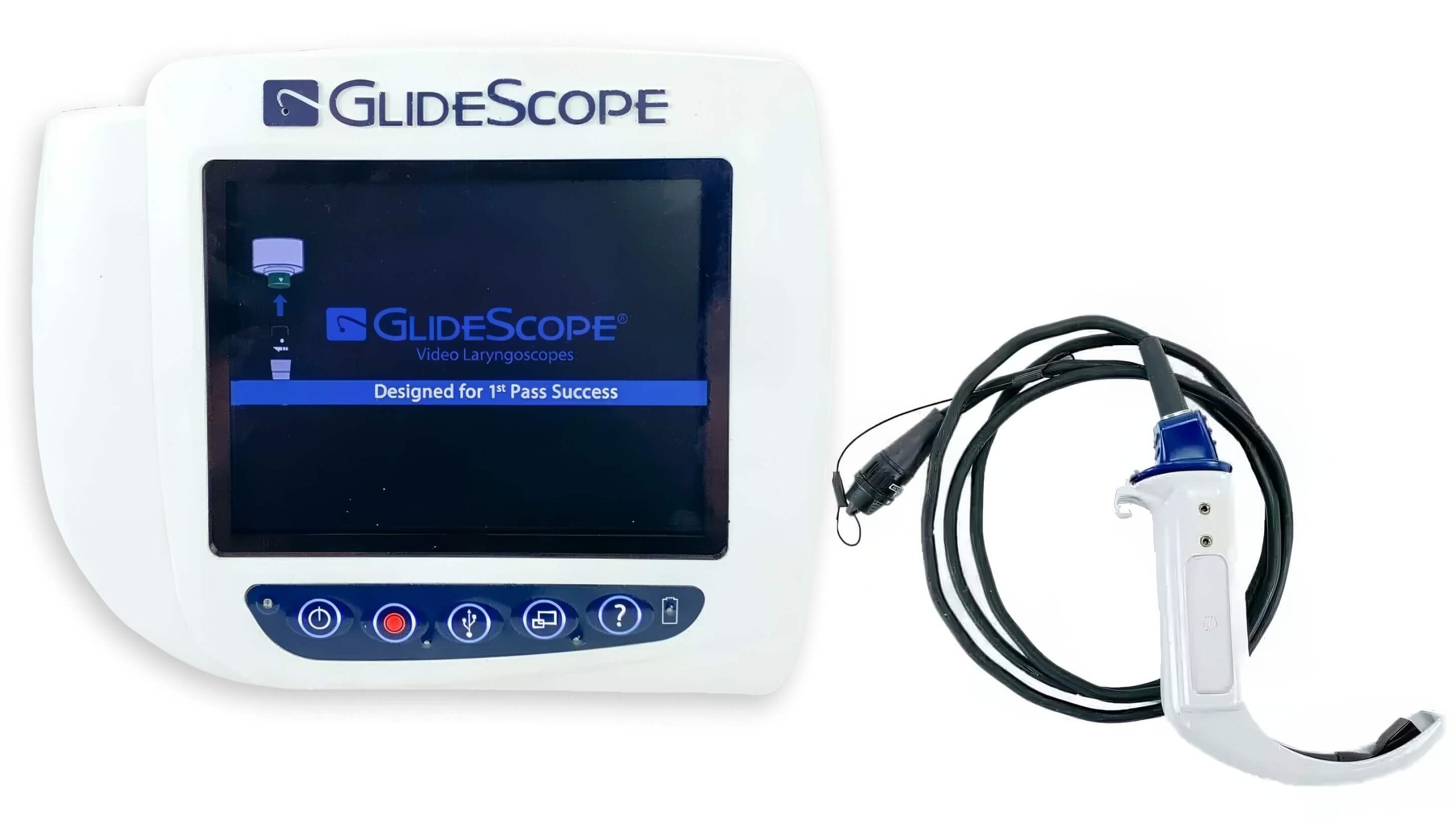The Sonosite S-Nerve Ultrasound Machine
In the field of medical diagnostics, advancements in technology have played a crucial role in improving patient care and outcomes. One such groundbreaking innovation is the Sonosite S-Nerve Ultrasound Machine. This state-of-the-art device has revolutionized the way healthcare professionals visualize and assess nerves, providing accurate and real-time imaging that aids in diagnosis and treatment planning. In this comprehensive article, we will delve into the features, benefits, and applications of the Sonosite S-Nerve Ultrasound Machine. So, let’s explore this remarkable piece of medical equipment and discover how it is transforming the field of nerve imaging.
Understanding Nerve Imaging
Before we dive into the specifics of the Sonosite S-Nerve Ultrasound Machine, let’s first understand the importance of nerve imaging in medical practice. Nerves are an integral part of the human body’s intricate network, responsible for transmitting signals and facilitating communication between different body parts. Accurate imaging of nerves is crucial for diagnosing various conditions, such as nerve entrapment, neuropathy, and nerve injuries. Traditionally, nerve imaging techniques like magnetic resonance imaging (MRI) and computed tomography (CT) scans have been used. However, these methods often come with limitations such as high cost, limited availability, and lack of real-time imaging capabilities.
 The Sonosite S-Nerve Ultrasound Machine: An Overview
The Sonosite S-Nerve Ultrasound Machine: An Overview
The Sonosite S-Nerve Ultrasound Machine is a portable and user-friendly device designed specifically for nerve imaging. Developed by Sonosite, a leading manufacturer of ultrasound systems, this machine combines cutting-edge technology with ease of use, making it an indispensable tool for healthcare professionals. Let’s explore some of its key features:
1. High-resolution Imaging
The Sonosite S-Nerve Ultrasound Machine utilizes advanced ultrasound technology to provide high-resolution images of nerves. With its exceptional image quality, healthcare professionals can visualize nerves with remarkable clarity, aiding in accurate diagnosis and treatment planning.
2. Real-time Imaging
Unlike traditional imaging techniques, the Sonosite S-Nerve Ultrasound Machine offers real-time imaging capabilities. This means that healthcare professionals can observe the movement and function of nerves in real-time, allowing for a more comprehensive assessment of nerve health.
3. Compact and Portable Design
One of the standout features of the Sonosite S-Nerve Ultrasound Machine is its compact and portable design. This device can be easily carried from one location to another, making it ideal for point-of-care imaging in various clinical settings. Its portability ensures that healthcare professionals can perform nerve imaging conveniently, even in challenging environments.
4. Intuitive User Interface
The Sonosite S-Nerve Ultrasound Machine boasts an intuitive user interface, making it user-friendly for healthcare professionals of all levels of expertise. With its easy-to-navigate menu and customizable settings, users can quickly adjust imaging parameters to suit their specific requirements.
5. Versatile Applications
The applications of the Sonosite S-Nerve Ultrasound Machine are vast and diverse. It can be used in various medical specialties, including neurology, orthopedics, pain management, and sports medicine. From diagnosing nerve entrapment syndromes to guiding nerve blocks during surgical procedures, this device offers unparalleled versatility in nerve imaging.
Benefits of the Sonosite S-Nerve Ultrasound Machine
The Sonosite S-Nerve Ultrasound Machine offers numerous benefits that make it a game-changer in the field of nerve imaging. Let’s explore some of these advantages:
1. Cost-effective
Compared to traditional imaging techniques like MRI and CT scans, the Sonosite S-Nerve Ultrasound Machine is significantly more cost-effective. This affordability makes it accessible to a wider range of healthcare facilities, ultimately benefiting patients by reducing healthcare costs.
2. Real-time Diagnosis
With its real-time imaging capabilities, the Sonosite S-Nerve Ultrasound Machine enables healthcare professionals to make immediate and accurate diagnoses. This real-time feedback allows for prompt decision-making and timely initiation of treatment, leading to improved patient outcomes.
3. Non-invasive Procedure
Nerve imaging using the Sonosite S-Nerve Ultrasound Machine is a non-invasive procedure. It eliminates the need for invasive techniques such as nerve biopsies, reducing patient discomfort and the risk of complications. This non-invasive approach makes it an ideal choice for patients of all ages.
4. Enhanced Patient Experience
The compact and portable design of the Sonosite S-Nerve Ultrasound Machine enhances the overall patient experience. Patients can undergo nerve imaging conveniently without the need for transportation to specialized imaging centers. This convenience improves patient satisfaction and compliance with follow-up appointments.
5. Guided Interventions
The Sonosite S-Nerve Ultrasound Machine serves as an invaluable tool for guided interventions. Healthcare professionals can use real-time imaging to precisely locate nerves during procedures such asnerve blocks or injections, ensuring accurate delivery of medication or therapeutic interventions. This guidance minimizes the risk of complications and improves the efficacy of the procedure.
Applications of the Sonosite S-Nerve Ultrasound Machine
The versatility of the Sonosite S-Nerve Ultrasound Machine allows for its application in various medical specialties. Let’s explore some of the key areas where this device is making a significant impact:
1. Anesthesiology
The S-Nerve Ultrasound Machine aids anesthesiologists in performing nerve blocks with increased precision. By visualizing the nerves in real-time, they can precisely target nerve structures, leading to improved pain management and reduced complications.
2. Neurology
In the field of neurology, the Sonosite S-Nerve Ultrasound Machine aids in the diagnosis and management of conditions such as carpal tunnel syndrome, peripheral neuropathy, and nerve injuries. Neurologists can visualize the nerves in real-time, assess their health, and monitor the progression of neurological disorders.
3. Orthopedics
Orthopedic surgeons utilize the Sonosite S-Nerve Ultrasound Machine to assess nerve health during procedures such as joint replacements, fracture reductions, and nerve decompressions. Real-time imaging helps surgeons avoid nerve damage and ensure optimal surgical outcomes.
4. Pain Management
For pain management specialists, the Sonosite S-Nerve Ultrasound Machine is an indispensable tool. It allows for precise localization of nerves involved in chronic pain conditions, facilitating targeted nerve blocks and injections. This targeted approach provides effective pain relief and improves the quality of life for patients suffering from chronic pain.
5. Sports Medicine
In the field of sports medicine, the Sonosite S-Nerve Ultrasound Machine assists in diagnosing and managing nerve injuries commonly encountered in athletes. It enables sports medicine physicians to visualize nerve entrapments, such as sciatic nerve compression in runners or ulnar nerve compression in baseball players, and develop tailored treatment plans.
6. Emergency Medicine
In emergency medicine settings, the Sonosite S-Nerve Ultrasound Machine plays a crucial role in assessing nerve injuries resulting from trauma. Rapid and accurate imaging helps emergency physicians identify nerve damage, determine the extent of the injury, and initiate appropriate interventions promptly.
Order the Sonosite S-Nerve With Probe and Printer from Auxo Medical
For healthcare professionals looking to enhance their diagnostic capabilities with top-tier ultrasound technology, ordering the Sonosite S-Nerve with Probe and Printer from Auxo Medical is an excellent choice. This state-of-the-art system is designed for superior imaging and ease of use, making it ideal for nerve blocks, vascular access, and other point-of-care applications. Auxo Medical offers this comprehensive package to ensure that practitioners have everything they need to start performing advanced procedures right away. The Sonosite S-Nerve is renowned for its durability, portability, and high-quality imaging. Coupled with a compatible probe and a dedicated printer for immediate documentation, this system provides a seamless integration into any medical setting. By choosing Auxo Medical, healthcare providers can expect not only cutting-edge technology but also exceptional customer service and support, ensuring that they can maximize the benefits of their investment in the Sonosite S-Nerve ultrasound system.
Sonosite S-Nerve With Probe and Printer
Request Quote
The Sonosite S Series ultrasound machines were the industry’s first mountable ultrasound. They offer a zero footprint and can be mounted on a wall, the ceiling, or a stand.
Description
The Sonosite S Series ultrasound machines were the industry’s first mountable ultrasound. They offer a zero footprint and can be mounted on a wall, the ceiling, or a stand.
S-Cath. Custom-designed for radiologists, the S-Cath ultrasound system requires very little space and provides sharp image quality using just two controls.
S-FAST. Designed for emergency physicians, the S-FAST ultrasound system offers amazingly clear image quality and a fast, easy way to transport patient data.
S-ICU. The immediacy of the ICU requires an ultrasound system that moves as quickly and efficiently as you do. The S-ICU ultrasound system helps clinicians see more, and see better. Faster.
S-MSK. Custom designed for clinicians working with musculoskeletal pathology, the S-MSK ultrasound system is surprisingly easy to learn and use, allowing you the opportunity improve care and decrease complications in interventional procedures, such as injections and aspirations.
S-Nerve. Anesthesiologists want fewer buttons, menus, and dials. You can operate the S-Nerve ultrasound system using just two controls and one pair of hands, and its strikingly clear image quality lets you see structures as structures and edges as edges.
S-Women’s Health. Designed specifically for breast surgeons and women’s health clinicians, the S-Women’s Health ultrasound system features only two controls while also achieving optimum image quality.
Frequently Asked Questions (FAQ)
1. How does the Sonosite S-Nerve Ultrasound Machine compare to traditional imaging techniques like MRI and CT scans?
The Sonosite S-Nerve Ultrasound Machine offers several advantages over traditional imaging techniques. It is more cost-effective, provides real-time imaging capabilities, and is portable, allowing for point-of-care imaging. Additionally, it is a non-invasive procedure, eliminating the need for invasive techniques like nerve biopsies.
2. Can the Sonosite S-Nerve Ultrasound Machine be used on patients of all ages?
Yes, the Sonosite S-Nerve Ultrasound Machine can be used on patients of all ages. Its non-invasive nature and ease of use make it suitable for pediatric patients as well.
3. How does the Sonosite S-Nerve Ultrasound Machine enhance patient experience?
The Sonosite S-Nerve Ultrasound Machine enhances patient experience by eliminating the need for transportation to specialized imaging centers. Patients can undergo nerve imaging conveniently, leading to improved patient satisfaction and compliance with follow-up appointments.
4. What are the key specialties that benefit from the Sonosite S-Nerve Ultrasound Machine?
The Sonosite S-Nerve Ultrasound Machine is beneficial in various medical specialties, including neurology, orthopedics, pain management, sports medicine, and emergency medicine. It aids in the diagnosis, treatment, and management of nerve-related conditions in these fields.
5. How does the Sonosite S-Nerve Ultrasound Machine assist in guided interventions?
The Sonosite S-Nerve Ultrasound Machine provides real-time imaging that helps healthcare professionals precisely locate nerves during procedures such as nerve blocks or injections. This guidance ensures accurate delivery of medication or therapeutic interventions, minimizing the risk of complications and improving the efficacy of the procedure.








